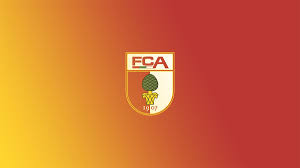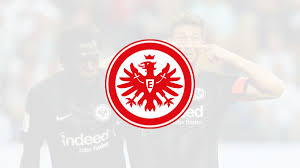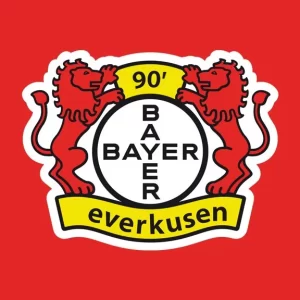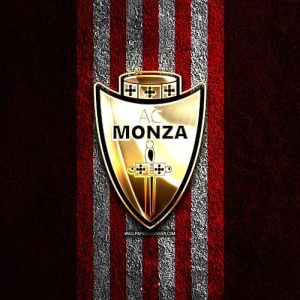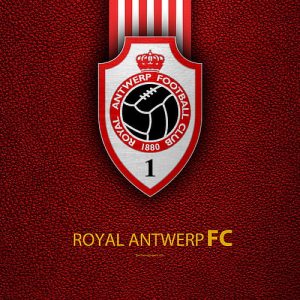FC Cincinnati has rapidly established itself as a prominent force in American soccer, captivating fans with its dynamic gameplay and passionate community support. This comprehensive guide delves into every facet of the team—from its origins and history to player profiles, tactics, and future prospects—providing an in-depth look at what makes FC Cincinnati a compelling franchise in Major League Soccer.
The Origins and History of FC Cincinnati
Understanding FC Cincinnati begins with exploring its roots, founding principles, and journey from its inception to becoming a key player in the MLS landscape. The team’s history is marked by community-driven efforts, ambitious goals, and a passion for elevating soccer’s profile in Cincinnati and beyond Hi88.
The Birth of FC Cincinnati: From USL to MLS
The story of FC Cincinnati begins in the United Soccer League (USL), where it quickly gained a reputation for strong performances and dedicated fan support. The club was founded in 2015, emerging from the local soccer community’s desire to bring top-tier professional soccer to Cincinnati.
The team’s initial success in the USL, including league championships and impressive attendance figures, played a crucial role in convincing Major League Soccer to grant Cincinnati an expansion franchise. After several years of negotiation and planning, FC Cincinnati officially joined MLS in 2019, marking a new chapter in its history.
This transition from USL to MLS was not just a change in league status but signified the club’s growth ambitions and commitment to competing at the highest level. It also brought challenges, such as building a roster capable of contending in the more competitive environment of MLS, upgrading facilities, and expanding fan engagement in Hi 88
Early Years and Growth in MLS
FC Cincinnati’s debut season in MLS was met with high expectations, both from fans and critics. The team aimed to establish itself as a competitive side while fostering a vibrant soccer culture in Cincinnati. The early years were characterized by energetic play, tactical experimentation, and a focus on developing local talent.
Despite facing hurdles common to expansion teams—such as aligning team chemistry and establishing identity—FC Cincinnati made strides on the field and built a loyal fanbase. The supporters’ culture, embodied by groups like the East End Army and the Cincinnati Supporters Union, became integral to the team’s identity.
Over time, FC Cincinnati experienced fluctuations in performance but remained committed to growth. Strategic investments in players, coaching staff, and infrastructure signaled their intentions of becoming a consistent playoff contender and a recognized name in the league.
Milestones and Achievements
While FC Cincinnati’s history is still being written, several milestones illustrate its trajectory:
- Inaugural MLS Season: Establishing a foundation and gaining experience.
- First Playoff Appearance: Marking competitive progress.
- Stadium Development: The construction of TQL Stadium—a state-of-the-art facility—signaled a firm commitment to long-term sustainability.
- Community Engagement Initiatives: From youth programs to local charity involvement, demonstrating the team’s community-first approach.
Each milestone reflects the club’s dedication to excellence, stability, and community connection, shaping its ongoing narrative.
Challenges and Opportunities Ahead
Like many expansion clubs, FC Cincinnati faces obstacles, including maintaining consistent on-field results and managing roster adjustments. However, these challenges also present opportunities:
- Player Development: Cultivating homegrown talent and integrating new signings effectively.
- Fan Engagement: Expanding the supporter base through innovative marketing and community outreach.
- Infrastructure Enhancement: Investing further in facilities and youth academies to secure long-term success.
The club’s resilience and strategic vision suggest a promising future, with plans to elevate its stature both locally and nationally.

